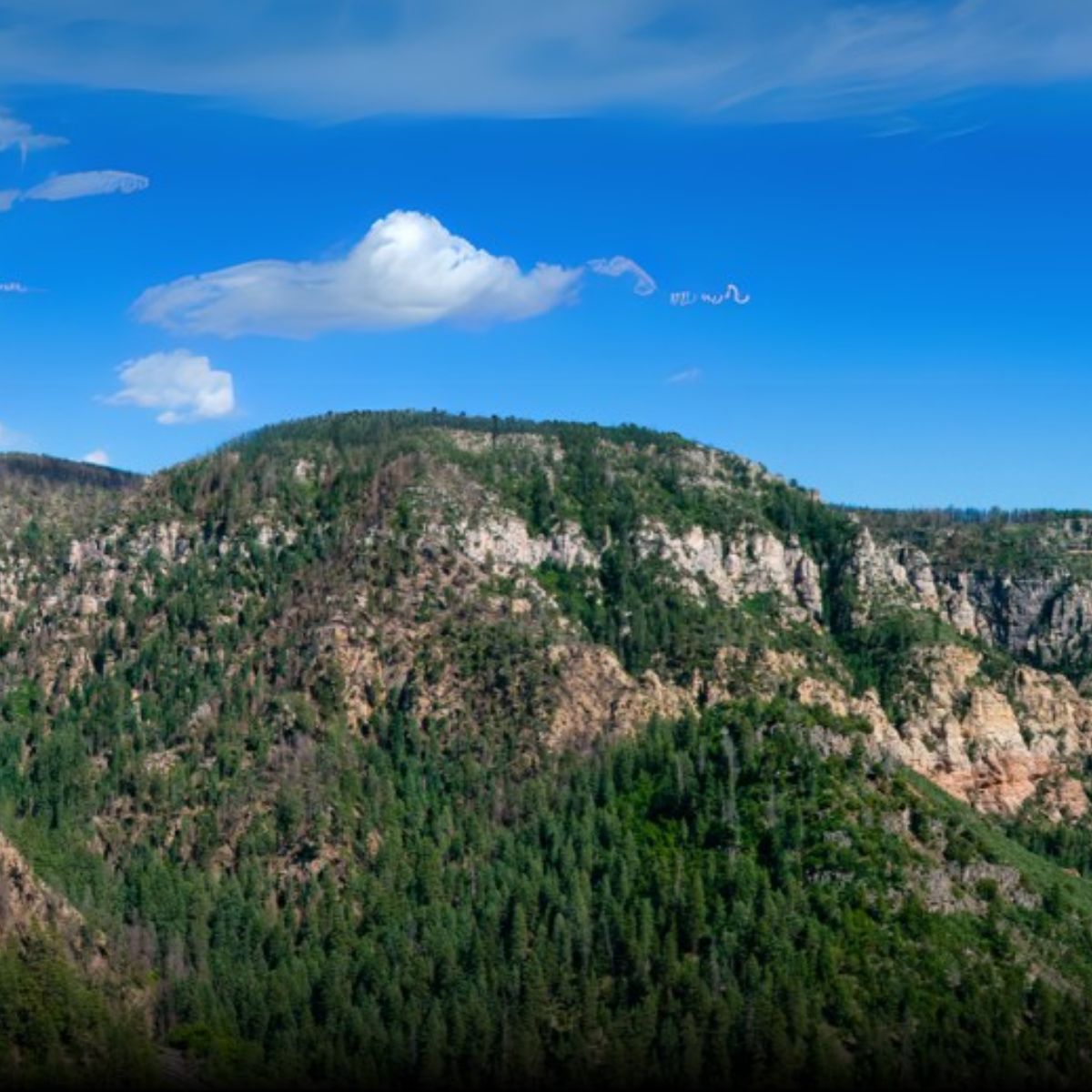Trump’s Attack on Public Lands
President Donald Trump and Interior Secretary Doug Burgum want to hand over America’s cherished public lands to fossil fuel and mining companies.
During his first hours in office, Burgum ordered all agencies within the Interior Department to review policies with the intent of increasing fracking, drilling, and mining across all public lands and waters. His order includes review of areas that are currently protected, from the lush desert oases of Ash Meadows National Wildlife Refuge in Nevada to the northern boreal forests of the Boundary Waters Canoe Area Wilderness in Minnesota.
The order could unleash attacks on the country’s national monuments and other important public lands that have been protected from extractive industries to safeguard critical natural resources.
Several million acres of irreplaceable protected public lands are now at risk. We’re spotlighting some of the hundreds of remarkable places that could be targets of Trump’s dangerous policy to put the fossil fuel and mining industries in the driver’s seat.
At stake are breathtaking landscapes, wild rivers and streams, sacred cultural sites, habitat for hundreds of imperiled wildlife species, pristine ocean ecosystems, world-class recreation, and precious groundwater.
This is an attack on the fundamental principle that public lands belong to all of us.
Highlighted Places at Risk
Oak Creek Canyon is a verdant, biodiverse red-rock river canyon flowing south through Sedona from northern Arizona’s rugged Mogollon Rim. It was originally withdrawn from mineral development in 1999 but those protections lapsed in 2019. In July 2024 the Bureau of Land Management reinstated a two-year mining ban, to be in place until another proposed 20-year mining ban could be enacted following a public comment period.
 Upper Pecos River Watershed, New Mexico
Upper Pecos River Watershed, New Mexico
Northern New Mexico’s Upper Pecos River watershed is a spectacular landscape of mountain peaks, ridges and valleys in the Sangre de Cristo Mountains, the southernmost tip of the Rocky Mountains. In 2024 Interior Secretary Deb Haaland issued an order withdrawing 163,483 acres of the Upper Pecos from mining claims for two years while the federal government considered implementing a 20-year mining ban. That order could be scrapped by the Trump administration.
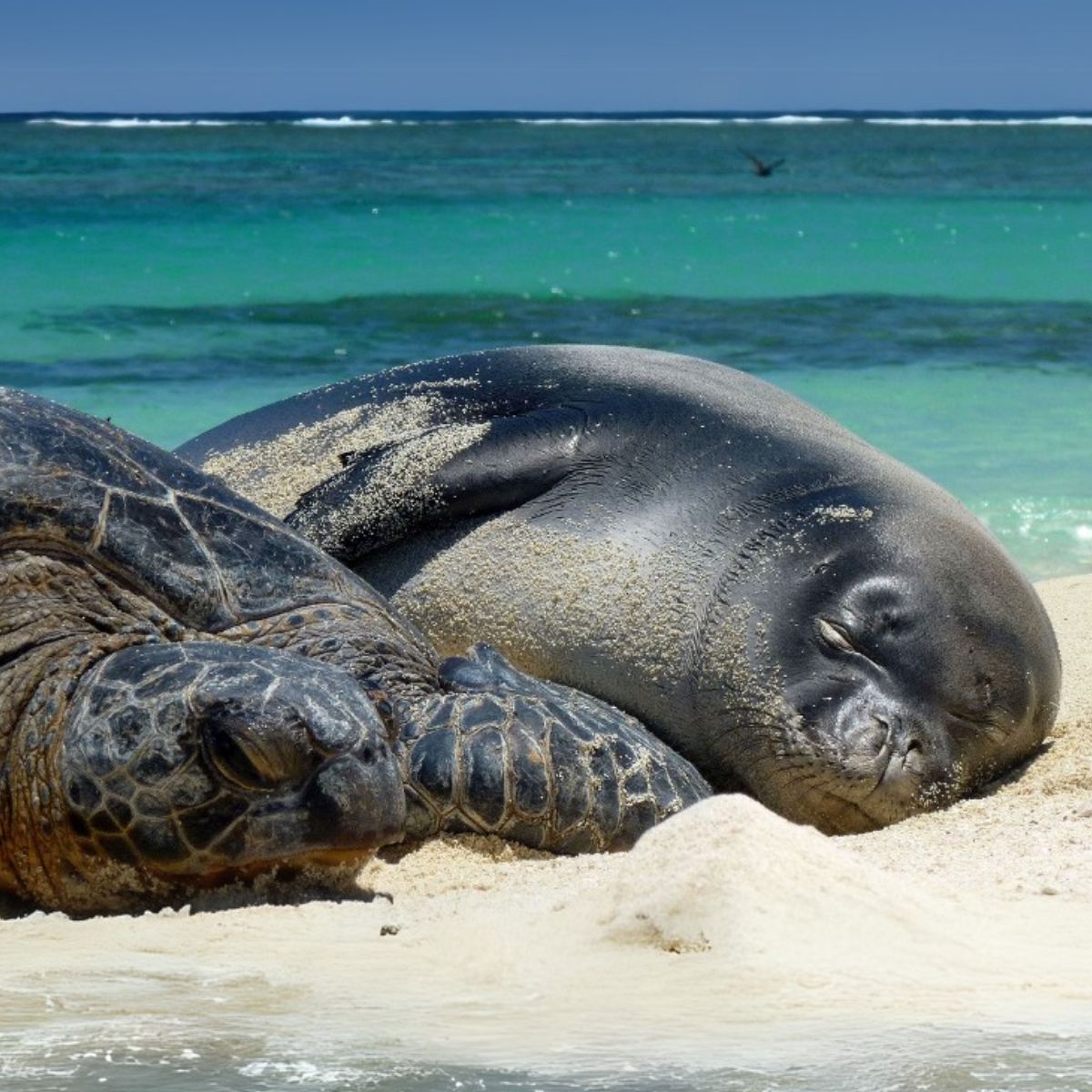 Papahānaumokuākea Marine National Monument
Papahānaumokuākea Marine National Monument
Papahānaumokuākea Marine National Monument protects a biologically rich area of the Pacific Ocean surrounding the Northwestern Hawaiian Islands. It encompasses 372.8 million acres, making it one of the largest marine conservation areas in the world. President George W. Bush first established the national monument in 2006, and 10 years later President Obama expanded it.
 Ash Meadows National Wildlife Refuge, Nevada
Ash Meadows National Wildlife Refuge, Nevada
Ash Meadows National Wildlife Refuge is a lush oasis within the arid Mojave Desert ecosystem, where dozens of springs form expansive wetlands. Known as the “Galápagos of the Desert,” the 23,000-acre wildlife refuge in southern Nevada’s Armargosa Valley is one of the most biodiverse places in North America.
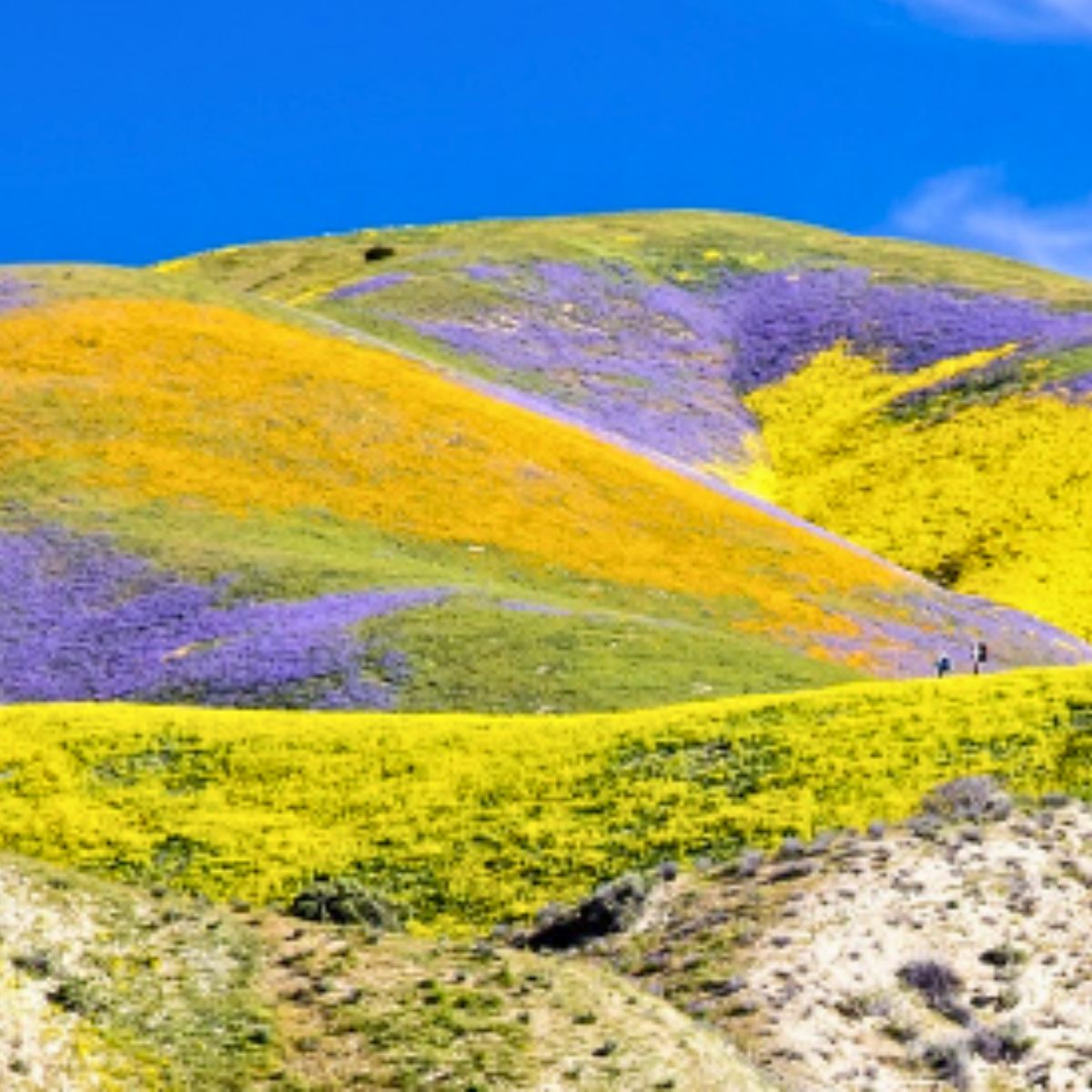 Carrizo Plain National Monument, California
Carrizo Plain National Monument, California
Known as “California’s Serengeti,” Carrizo Plain National Monument protects more than 211,000 acres of San Joaquin Valley grasslands. Bisected by the San Andreas Fault zone in far eastern San Luis Obispo County, the monument provides crucial habitat for many plant and animal species found nowhere else on Earth. It is also rich in geological and cultural resources.
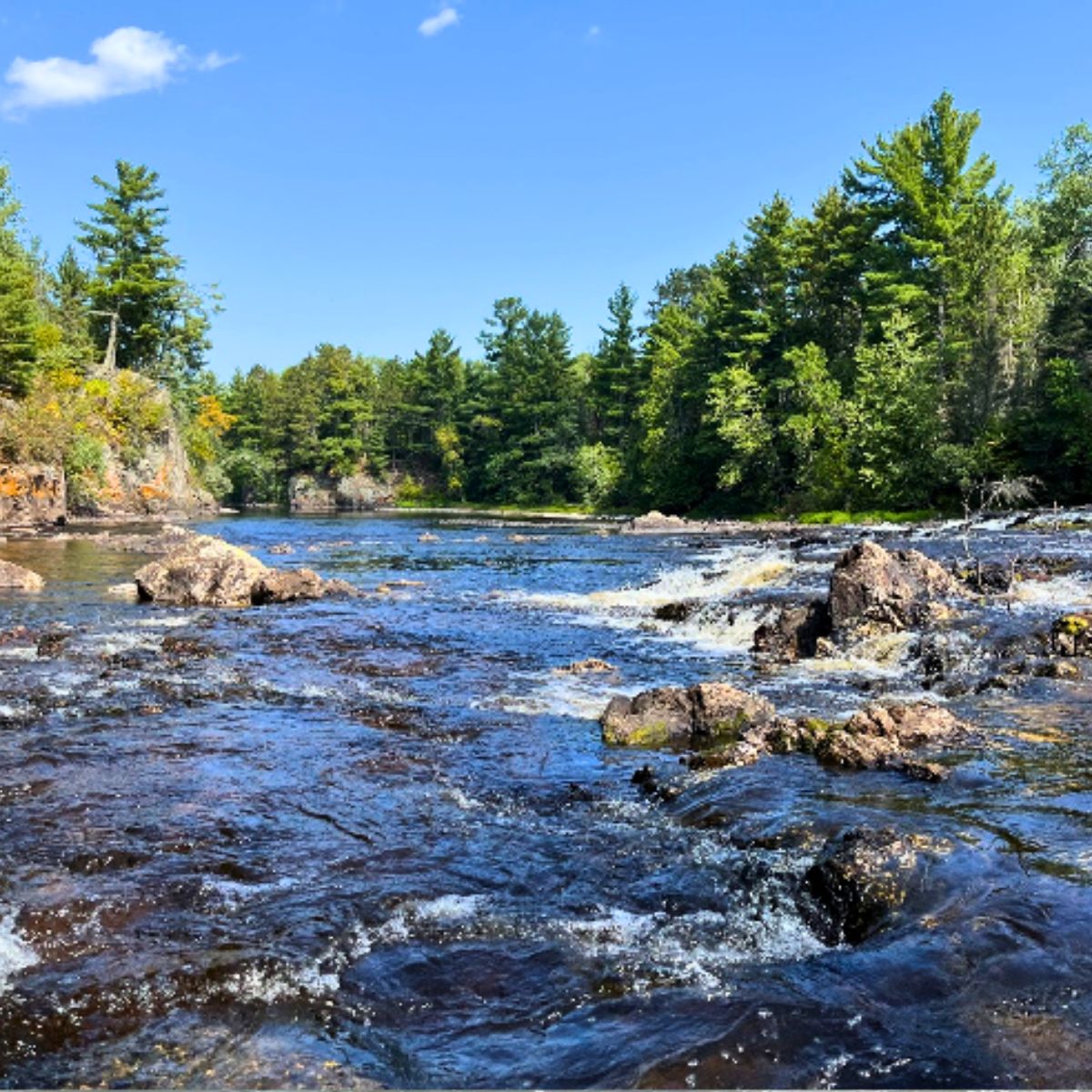 Boundary Waters Canoe Area Wilderness, Minnesota
Boundary Waters Canoe Area Wilderness, Minnesota
With more than 1 million acres of boreal forest, rocky outcrops and nearly 2,000 clear glacial lakes, the Boundary Waters Canoe Area Wilderness is a national treasure. Located within Superior National Forest along the U.S.-Canada border in northeastern Minnesota, Boundary Waters is the most visited wilderness area in the United States and forms part of a 2 million acre binational network of protected public lands.
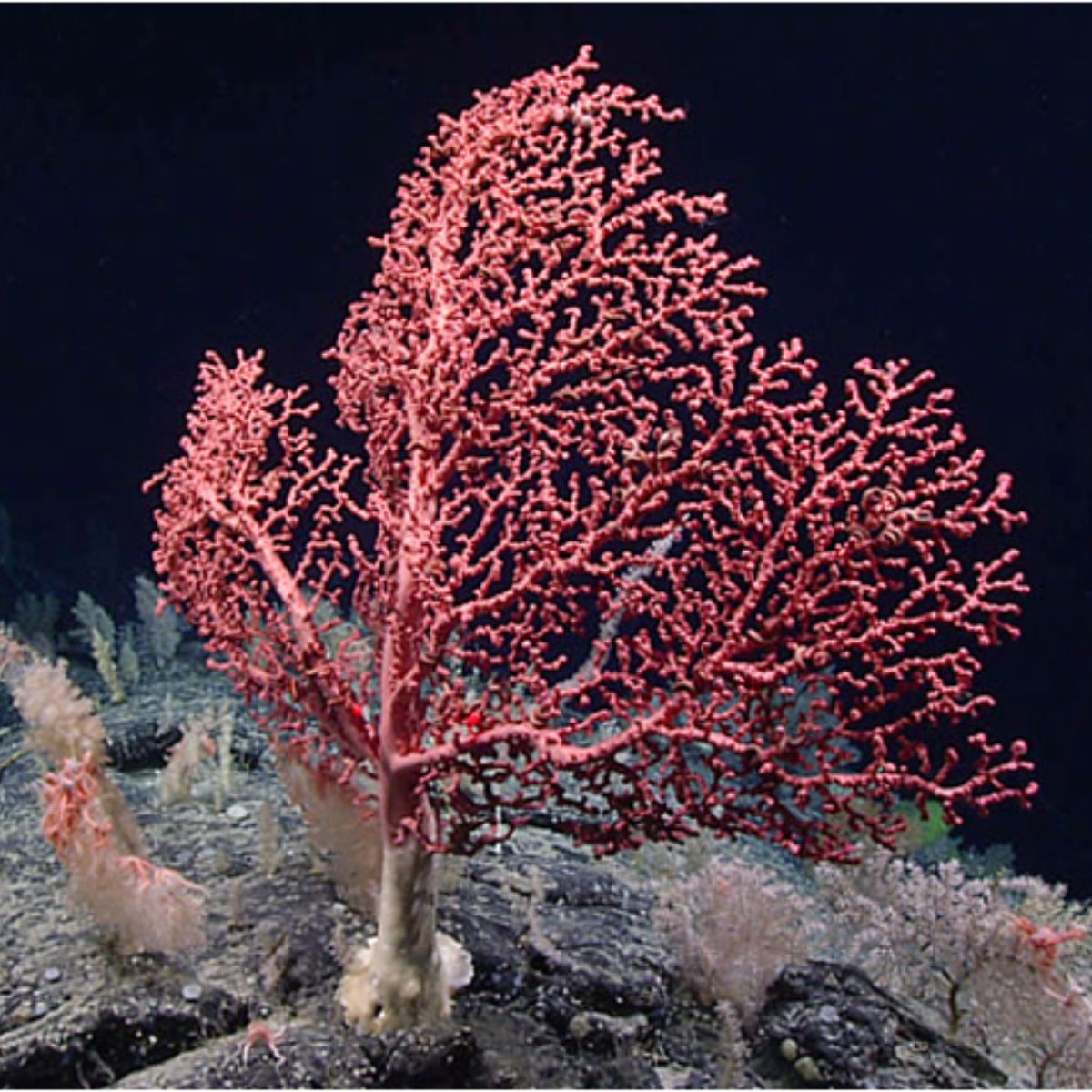 Northeast Canyons and Seamounts Marine National Monument
Northeast Canyons and Seamounts Marine National Monument
The Northeast Canyons and Seamounts Marine National Monument is a stunning marine protected area in the Atlantic Ocean, about 130 miles southeast of Massachusetts. Covering more than 3 million acres, this monument features unique geological features including deep-sea canyons and underwater mountains that provide rich habitat for a diversity of marine life.
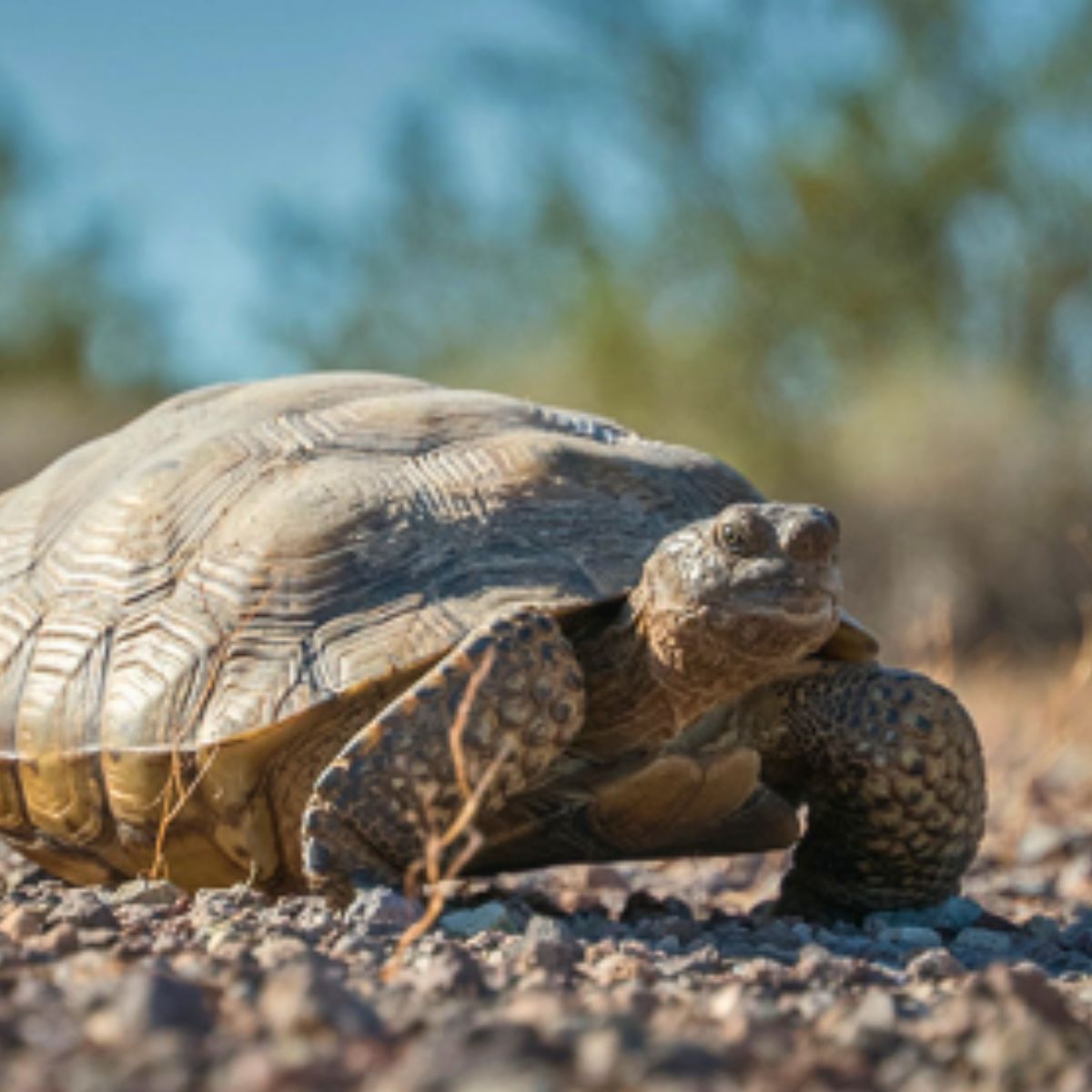 Clark and Nye County, Areas of Critical Environmental Concern, Nevada
Clark and Nye County, Areas of Critical Environmental Concern, Nevada
In 2009 the Bureau of Land Management adopted vital protections for desert tortoises, archaeological and cultural resources, and special wildlife and riparian values by introducing a 20-year mining ban for 24 areas of critical environmental concern in southern Nevada’s Clark and Nye counties. These protections cover 944,343 acres of public lands. The BLM designates areas of critical environmental concern to protect important resources and scenic landscapes or to protect people and property from hazards on federal public lands.
 Castle Mountains National Monument, California
Castle Mountains National Monument, California
Located inside and managed by the Mojave National Preserve, Castle Mountains National Monument’s nearly 21,000 acres connect remote watersheds and wildlife corridors along the California-Nevada border. Castle Mountains’ rugged peaks can be seen from hundreds of miles in all directions. Designated in 2016 by President Barack Obama, the monument’s remoteness provides solitude, dark skies, and the increasingly rare sounds of nature. It’s also home to rich cultural and historic resources such as Native American archeological sites.
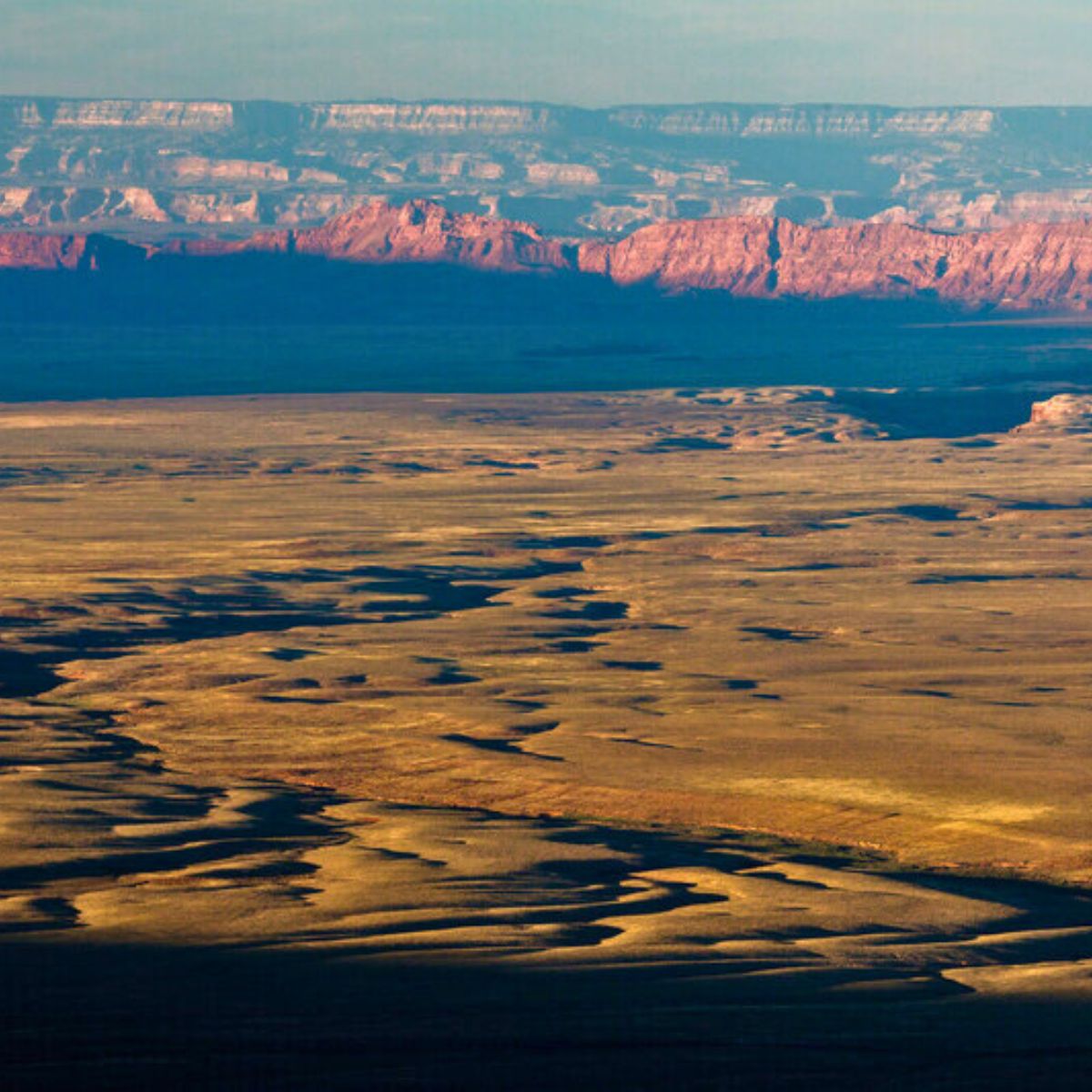 Baaj Nwaavjo I’tah Kukveni – Ancestral Footprints of the Grand Canyon National
Monument
Baaj Nwaavjo I’tah Kukveni – Ancestral Footprints of the Grand Canyon National
Monument
Former President Biden designated Baaj Nwaavjo I’tah Kukveni – Ancestral Footprints of the Grand Canyon National Monument in August 2023, answering longtime calls from Tribal leaders to permanently protect more than 900,000 acres adjacent to Grand Canyon National Park. The monument safeguards sacred Indigenous cultural sites as well as remarkable archaeological and ecological features from uranium mining and other threats. Its diverse ecology includes federally protected species like California condors and many plants found nowhere else on the planet. Baaj Nwaavjo means “where tribes roam” to the Havasupai, and I’tah Kukveni means “our footprints” to the Hopi.
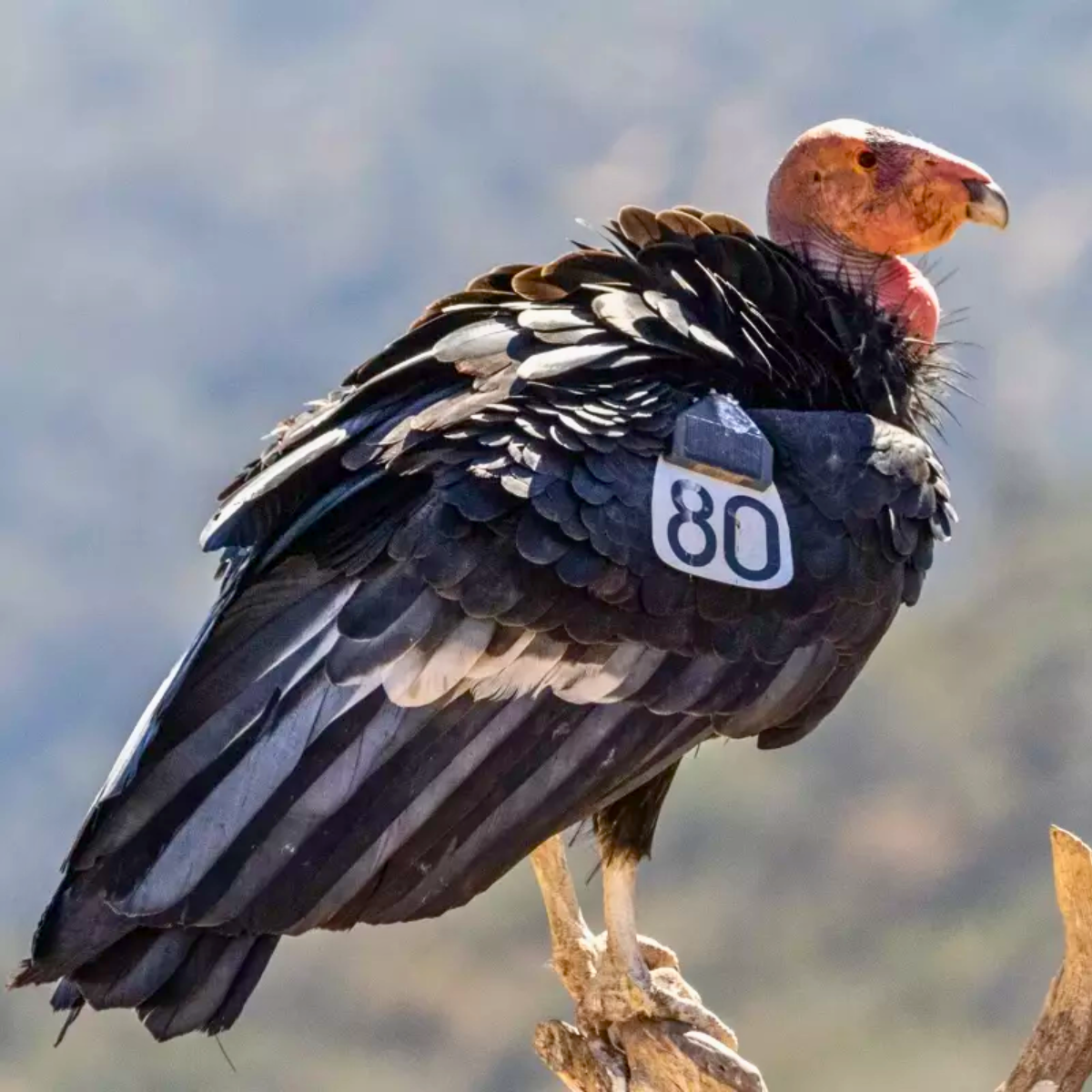 Southern California's Condor Sanctuary and Wildlife Refuges
Southern California's Condor Sanctuary and Wildlife Refuges
Southern California is home to three protected California condor reserves, which are essential in multidecade efforts to save one of the world’s most endangered species from extinction: the 53,000-acre Sespe Condor Sanctuary — established in 1947 and expanded in 1951 — the adjacent 2,471-acre Hopper Mountain National Wildlife Refuge and the 14,097-acre Bitter Creek National Wildlife Refuge.

